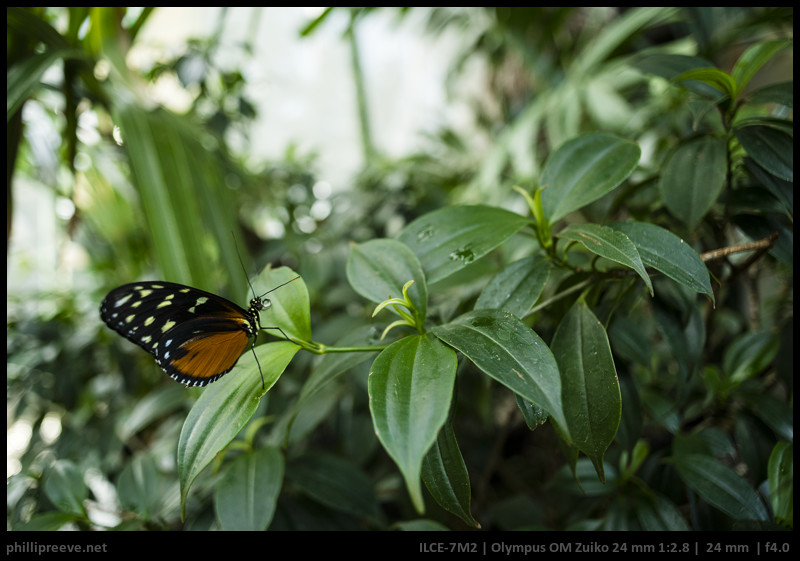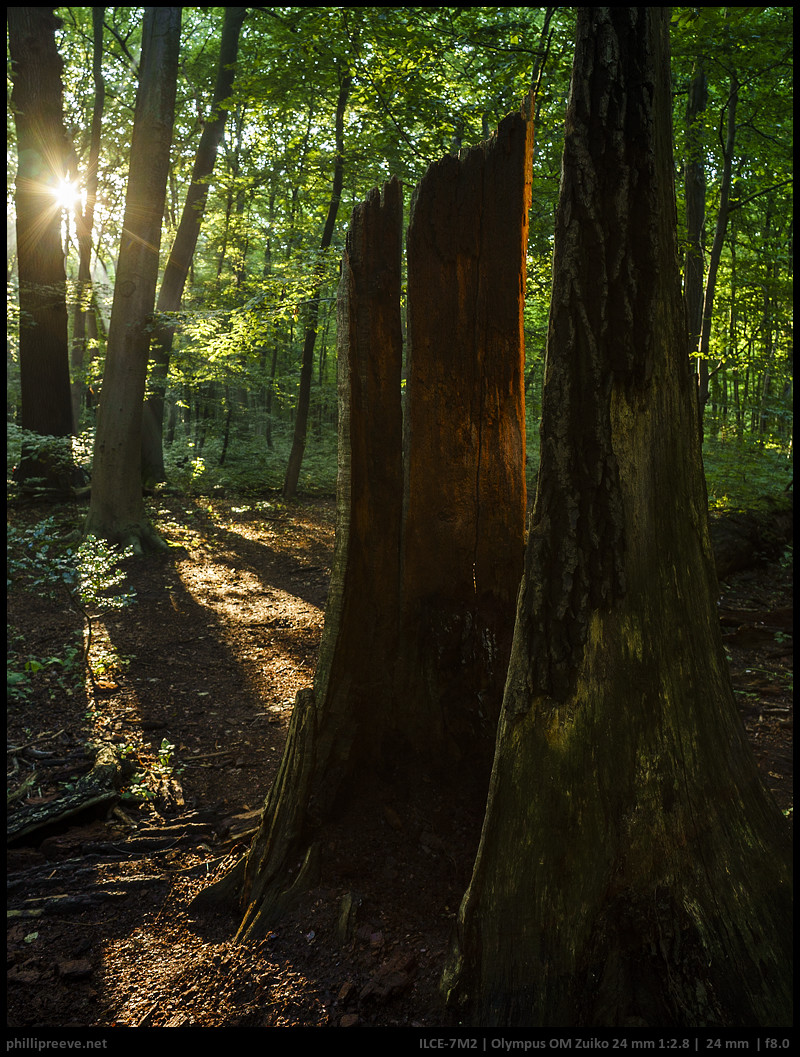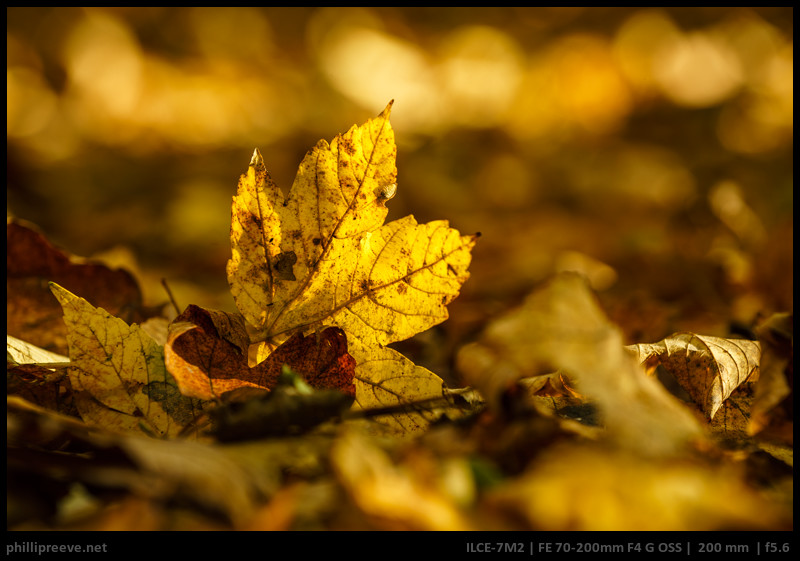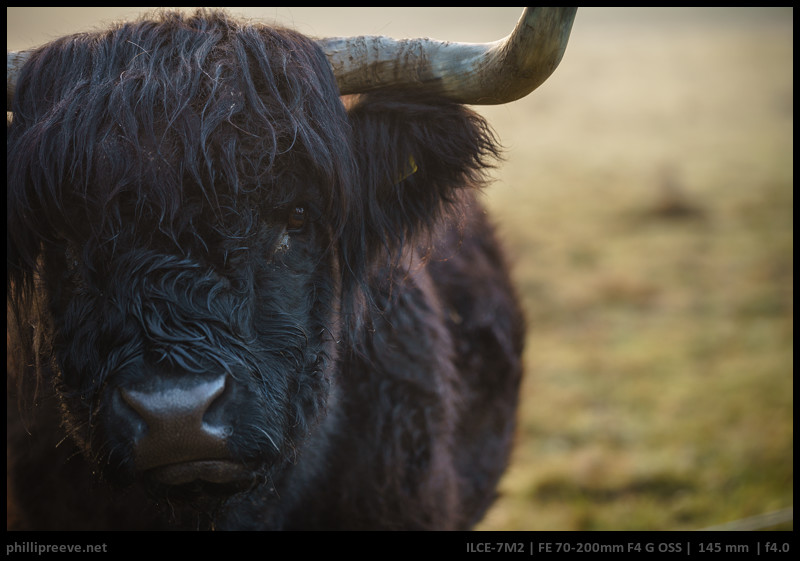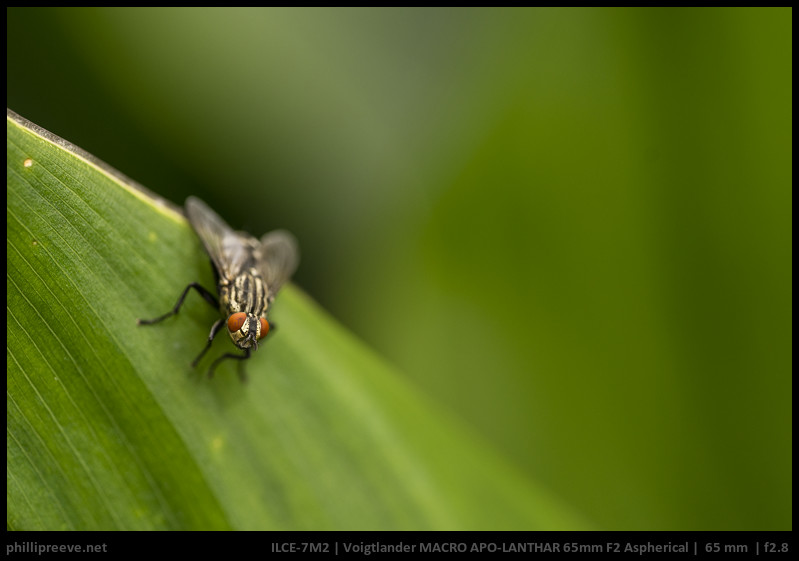This is just a short selection of tricks which make it easier to use your Sony a7 series camera.
1. Use DRO to see into the shadows
final image/ uprocessed raw
To save the highlights I had to underexpose this image a lot. Thanks to the DRO function I could focus none the less.
This trick only works if you shoot raw.
The problem: If you have a high contrast scene and expose it for the highlights you often have to use a negative exposure compensation and end up with a very dark preview image. This is no problem because you can brighten your image a lot in post but it makes focusing and composition hard. Another situation where this problem arises is when you are using flash to light a foreground subject, but there’s bright natural light in the background. While you are focussing, the foreground subject will be likely too dark to focus.
The solution: The DRO function is meant to lift the shadows in your jpg images which is just what you need: Use DRO +5 and the shadows of your preview image will be pushed by about 3 stops so you can see into the shadows now. Your raw file won’t be affected by the setting. Don’t forget to turn it off though or it is easy to unintentionally underexpose your images.
2. Use the zebra function for perfect exposure
Continue reading 5 hacks for the Sony a7 series to make your shooting easier →







